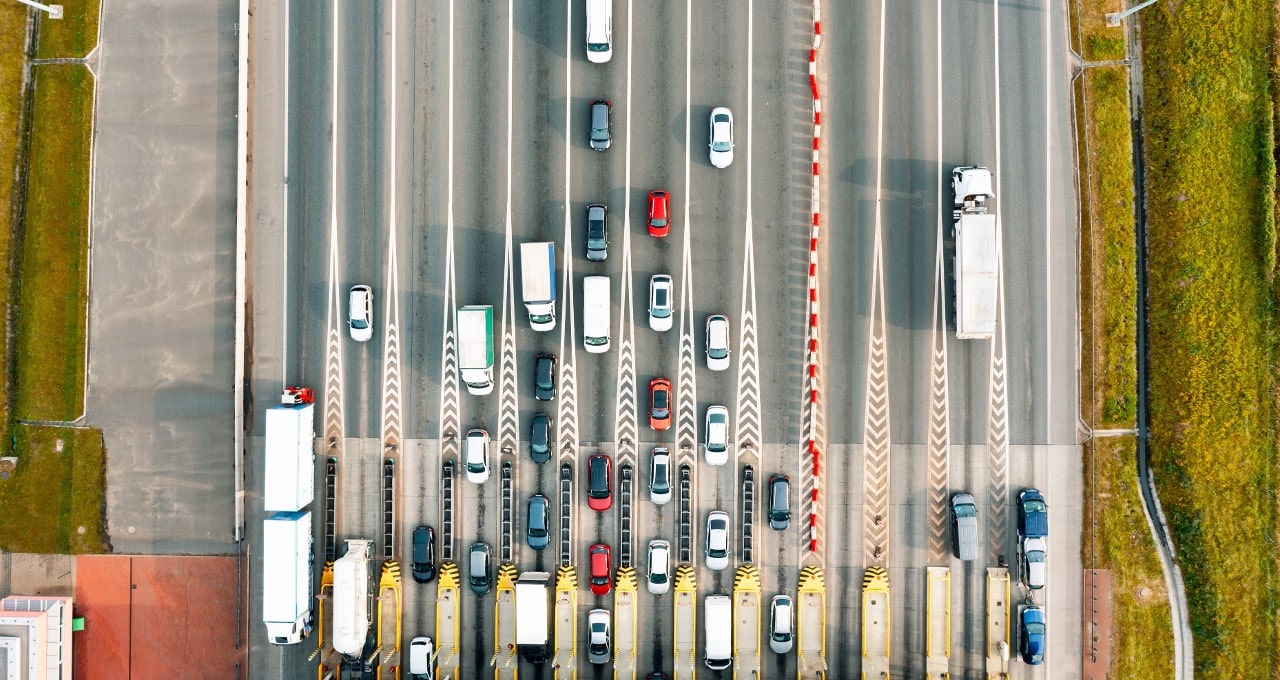India is home to the largest market in the world. second largest road network, which spans nearly 4 million miles, and has more than a thousand toll booths, most of them manually operated.
Traditional cabs like these, wherever they are installed around the world, can contribute to huge traffic delays, long travel times and serious road congestion.
To help automate toll booths across India, Calsoftan Indian-American technology company, helped implement a wide range of NVIDIA technologies integrated with the country’s dominant payment system, known as the Unified Payments Interface or UPI, for a client.
Manual toll booths are more time-consuming and labor-intensive than automated ones. However, automating India's toll systems faces an additional complication: the diversity of license plates.
India’s non-standardised number plates pose a significant challenge to the accuracy of automatic number plate recognition (ANPR) systems. Any implementation would need to address these number plate variations, which include divergent colours, sizes, font styles and placement on vehicles, as well as many different languages.
The solution Calsoft helped create automatically reads the license plates of passing vehicles and charges the associated driver’s UPI account. This approach reduces the need for manual toll collection and is a big step toward addressing traffic in the region.
Automation in action
As part of a pilot program, this solution has been deployed in several major metropolitan cities. The solution provides around 95% accuracy in its license plate reading capability by using an ANPR system that detects and classifies license plates as they pass through toll booths.
According to Vipin Shankar, senior vice president of technology at Calsoft, NVIDIA technology has been crucial in this effort. “Night detection was especially challenging,” he said. “Another challenge was improving the model’s accuracy in terms of pixel distortions due to environmental impacts such as fog, heavy rain, reflections due to bright sunlight, dusty winds, and others.”
The solution uses NVIDIA Metropolis to track and detect vehicles throughout the entire process. Metropolis is an application framework, a set of developer tools, and a partner ecosystem that brings together visual data and artificial intelligence to improve operational efficiency and safety across a variety of industries.
Calsoft engineers used NVIDIA Triton Inference Server software to deploy and manage their AI models. The team also used the NVIDIA DeepStream Software Development Kit to build a real-time streaming platform. This was key to efficiently processing and analyzing data streams, incorporating advanced capabilities such as real-time object detection and classification.
Calsoft uses NVIDIA hardware, including NVIDIA Jetson edge artificial intelligence modules and NVIDIA A100 GPU with Tensor Core in its AI solutions. Calsoft’s toll booth solution is also scalable, meaning it is designed to accommodate future growth and expansion needs, and can ensure better sustained performance and adaptability as traffic conditions evolve.
Learn how NVIDIA Metropolis has helped other municipalities, such as Raleigh, North Carolinabetter manage traffic flow and improve pedestrian safety.
